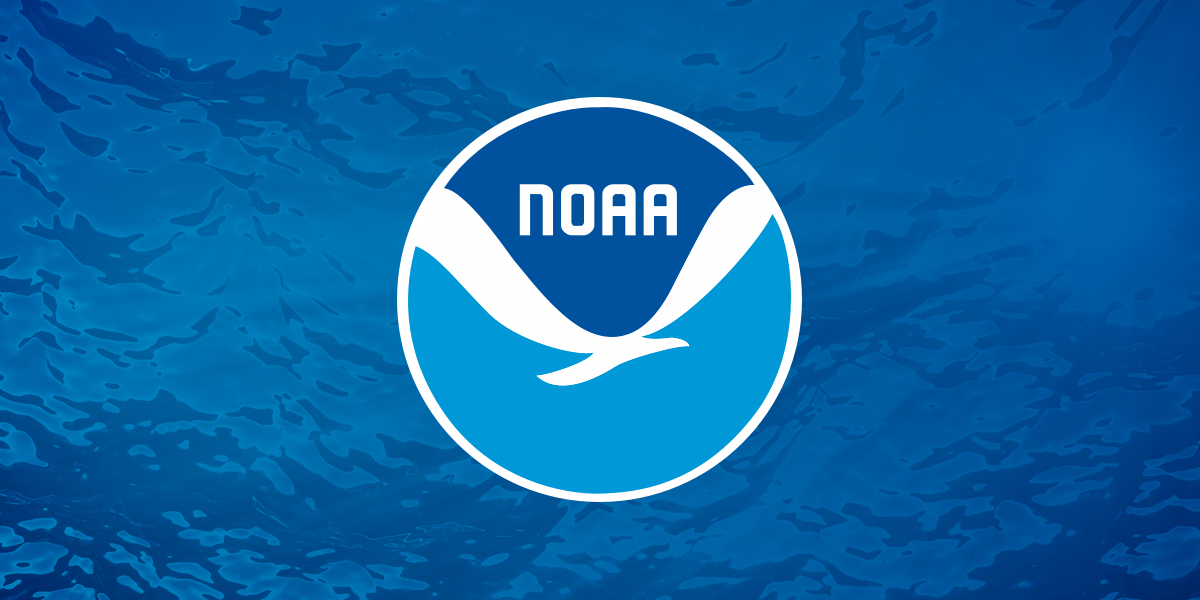Look Out for Invasive Crab!
The #GreenCrab is invading from the west coast and has recently reached #Alaska.
"What is a green crab?
The green crab is considered one of the most invasive species in the marine environment. It has few predators, aggressively hunts and eats its prey, destroys seagrass, and outcompetes local species for food and habitat. It has been documented that green crab devour juvenile king crab as well as juvenile salmon. They also destroy eelgrass habitat that larval fish use to hide from predators, and outcompete Dungeness crabs for food and habitat. Green crab could potentially damage Alaska’s multi-billion dollar fisheries industries, especially for salmon, crab, and mariculture operations. Resource managers in Alaska have been keeping an eye on the invasive crab’s northward movement for years.
How did they get here?
Green crabs were first introduced to North America in the 1800s, likely hitching a ride in the ballast water of merchant ships from Europe. Experts believe the invasive crab was transported to the West Coast in ballast water as well. They may also be transported with shellfish, equipment, or packing materials in aquaculture operations. Larval green crabs can also spread from one invaded area to another in ocean currents. On July 19, 2022, the Metlakatla Indian Community Department of Fish & Wildlife confirmed the first observation of the invasive green crabs in the State of Alaska on Annette Islands Reserve. This map shows the range of green crab throughout the world with their native range in blue and all other colors indicating areas they invaded or have the potential to spread.
What can I do to help?
In cooperation with NOAA Fisheries and the ADF&G Invasive Species Program, MIC DFW has implemented eradication protocols by increasing trapping efforts, working with partners to collect data and samples for research, and expanding monitoring and outreach on the reserve and throughout southern Southeast Alaska. We need your help to identify invasive green crabs on your local beaches and notify local officials and the ADF&G Invasive Species Hotline.
Where should I look?
Green crabs live on rocky shores, cobble beaches, sandflats and tidal marshes. They can often be found near eelgrass beds or other shoreline vegetation. Green crabs tolerate a wide range of water salinity and temperature. They can also survive upstream of river mouths in some estuarine environments. When you’re out on the beach, Look Out for Invasive European Green Crab.
How do I identify a green crab?
Find the 5 spines! The best way to identify green crab is to count the spines. There are 5 spines behind the eye on each side of the shell. Also see the Kachemak Bay National Estuarine Research Reserve's Crab Identification Guide.
Green crabs are not always green! The top of the shell may be mottled dark brown to dark green, with small yellow patches. The bottom may be orange or red during molting. Green crabs can be identified by their unique shell shape. Adult shells can be up to 4 inches across.
Report it!
Take lots of photos of the crab with a coin, key, or other standard sized item for scale. Report your sightings via the ADF&G Invasive Species Reporter or by calling the Invasive Species Hotline: (877) INVASIV ((877) 468-2748). If you locate invasive green crab on Annette Islands Reserve, you can call (907) 886-FISH to make a report."
Source:
https://www.fisheries.noaa.gov/alaska/habitat-conservation/look-out-invasive-crab
#SolarPunkSunday #InvasiveSpecies #CitizenScience #Alaska #GreenCrabs #ClimateChange
